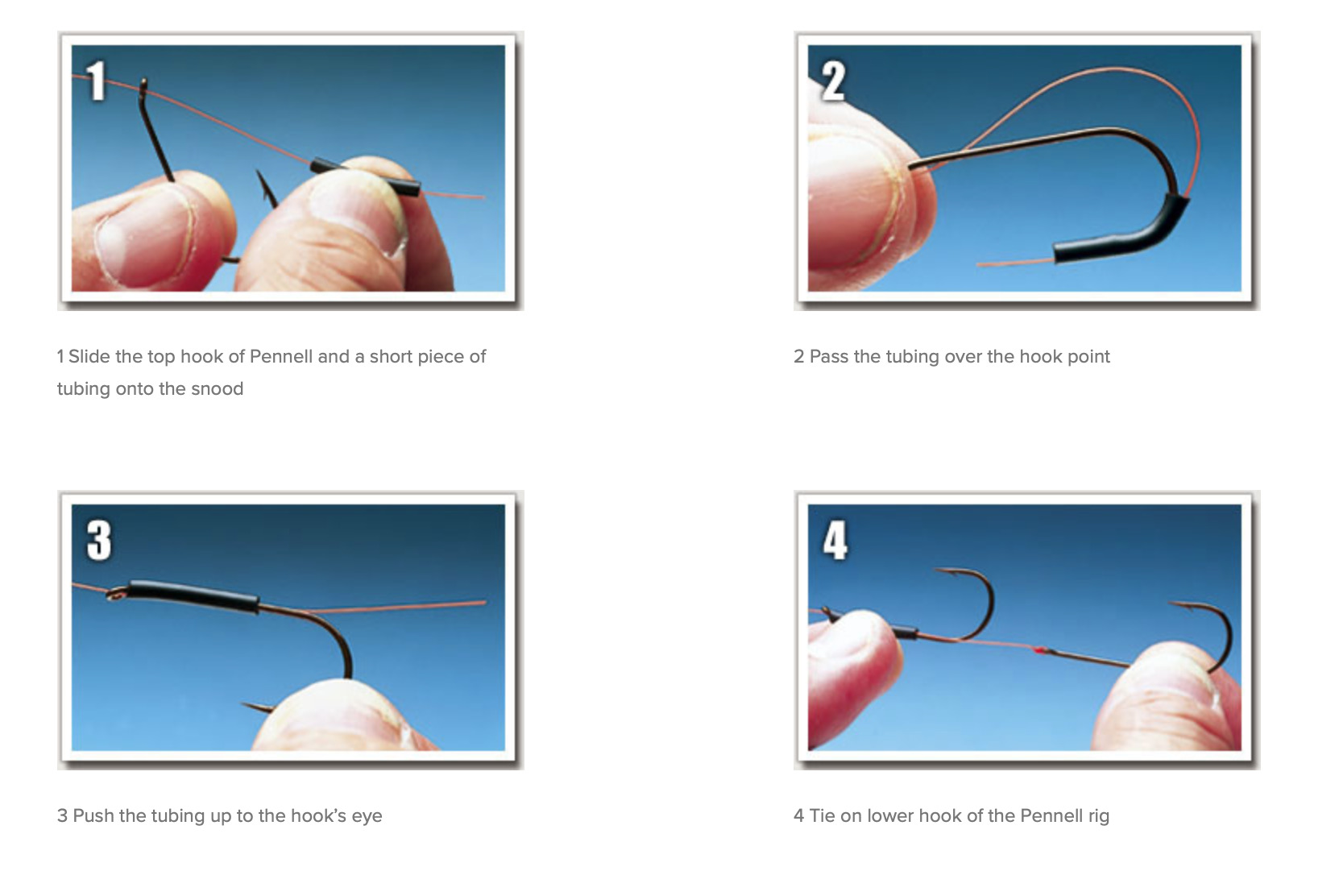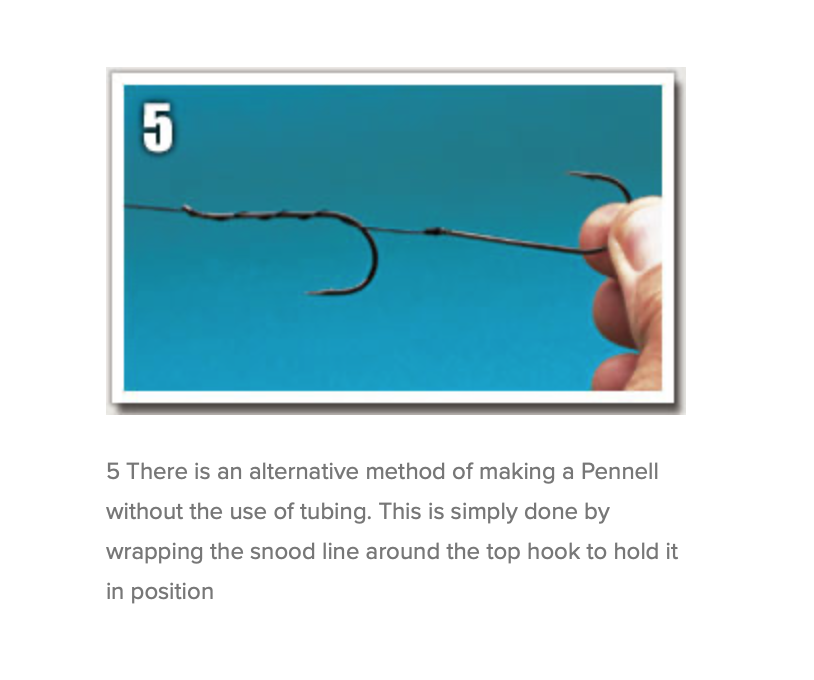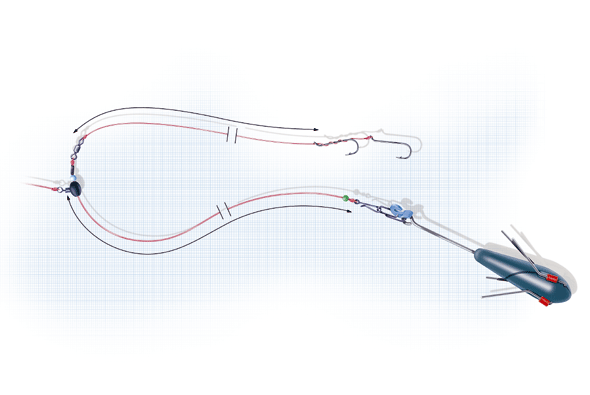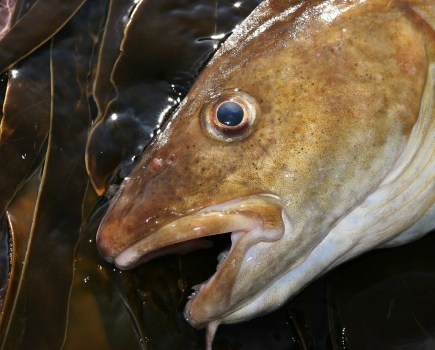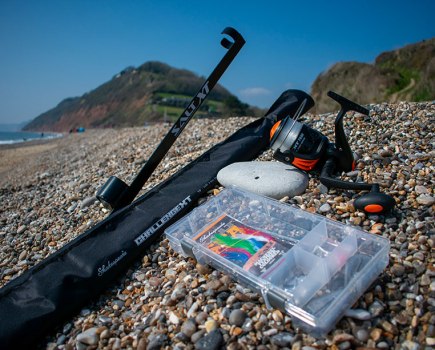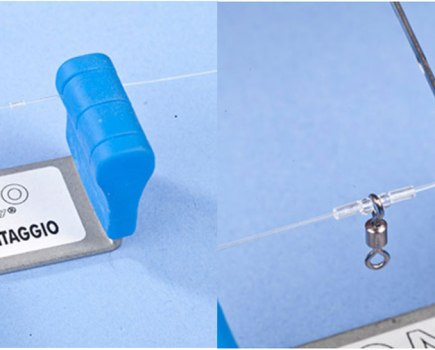Do you fish into rough ground and get fed up losing your tackle? Then you need to gear up with a Pennell pulley rig, a firm favourite among specimen hunters who risk all over demanding ground…
THE PULLEY RIG, sometimes called an up and over, is the ultimate rock rig for big fish taken at long range. There are a couple of variations of the pulley, but essentially this trace is for fishing over extremely tough ground. During the retrieve the weight of a hooked fish allows the sliding design to lift up the lead weight, ahead of the fish, which makes it very effective for beating bigger species that feed over rocks and thick seaweed.
However, before we get into its construction you need to get real about terminal tackle. The word terminal is important because eventually you are going to lose it.
No matter how clever or complicated a terminal rig design, it is often the angler’s skill that ultimately determines that a rig is retrieved cleanly or not.
Losing rigs and lead weights is the risk of fishing heavy ground, but the reward is maybe a better fish. However, by choosing the right rig and retrieval technique your tackle losses can be reduced.
RIG BUILDING TIPS
The length of the main body of the pulley rig can be anything from 2ft to 6ft depending upon the length of the hook snood required.
Begin by tying a lead link at the end of a 3ft length of 60lb+ mono. Then slide on a bead and the large swivel or a Fox Pulley swivel (shown in our diagram) that connects to the mainline. Add another bead and then a crimp, finally tying off the end of the line to an 80lb swivel.
From this swivel tie on the hook snood length so that the hook will clip to an Impact lead attached to the lead link. Instead of an Impact lead you can use a Breakaway Imp clip (shown in our diagram) which is a bait release clip that enables you to use any lead weight you like.
Alternatively you can save on rig costs by using a lead link with built-in bait clip, but these do not release the baited hook so efficiently and are not as reliable as a Breakaway Imp.
Construct the hook snood from 40lb+ mono because it is under pressure during the cast; for power casting a 60lb hook snood should be the minimum used.
The crimp added to the rig body takes the major strain and is used by anglers wishing to us a lighter hooklength line. You must close the crimp next to the swivel and bead when the snood is clipped to the Imp, so do this last.
Apart from the single hook pulley the rig is often fished in a Pennell rig format. This involves two hooks on the one hook snood, one fixed to the end of the snood line, the other sliding above it.
The two hooks increase the chance of a hook up when using a big bait and also help to prevent the bait from slipping around the hook bend and masking the point during the cast.
The sliding hook on a Pennell is easier to adjust if the hook has an offset eye. It is either held in the right position by a short section of rubber tube or by the snood being wrapped around it.
Another variation is the two-hook wishbone snood offering the chance of two separate hook baits instead of one.
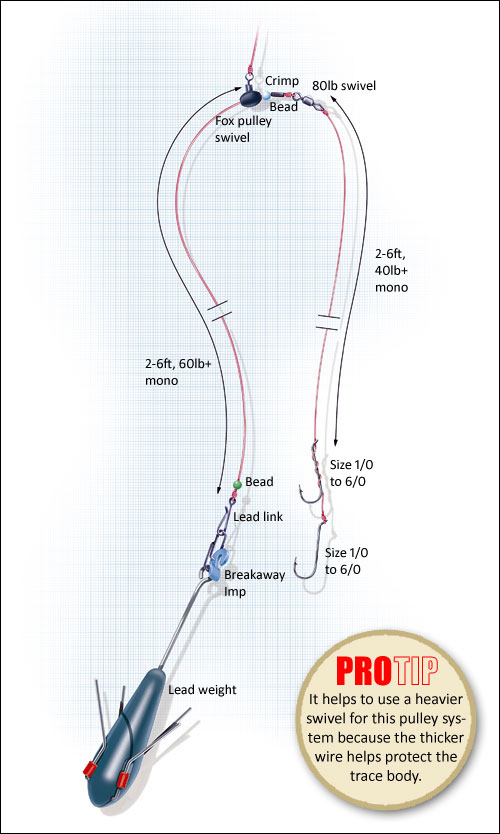
RIG USES
Type of fishing: Designed for use over very rough ground, but also a favourite among big-fish anglers because it is a simple clipped rig that is easy to make. Its design is basically a sliding or running mono paternoster and it’s a rig that doesn’t tangle.
Types of venues: Suitable for the most extreme rough ground. The rig is often used in conjunction with a rotten bottom or weak link system that allows the lead weight to break free if it gets snagged, allowing the rest of the rig and the fish to be wound in successfully.
Species: Cod, smoothhounds and rays.
Hook sizes: Larger sizes from 1/0 up to 6/0.
MAKING THE PENNELL
